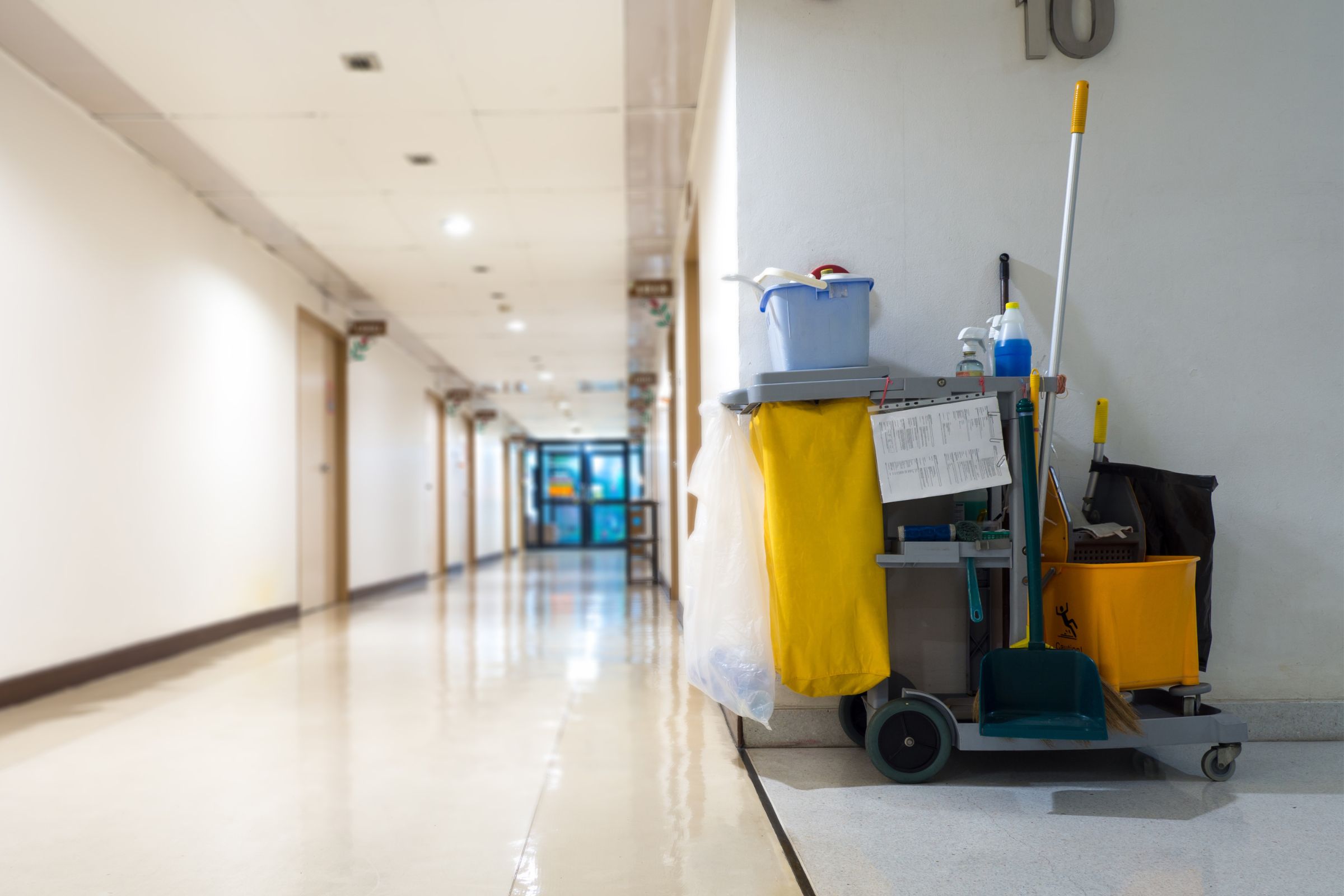Table of Contents
Related Articles
OSHA Updates Penalty Reductions: What Massachusetts Schools & Cultural Institutions Need To Know

As part of its evolving compliance strategy, OSHA has updated its Field Operations Manual (FOM) Chapter 6, introducing new guidelines designed to reduce penalties for small organizations—including independent schools and cultural institutions. These changes have meaningful implications for ISCC member institutions managing workplace safety and workers’ compensation risks.
At the Independent Schools Compensation Corporation (ISCC), we’re committed to helping our members navigate regulatory changes with clarity and confidence. Here’s what you need to know.
Understanding The New OSHA Penalty Reduction Framework
OSHA’s recent revision to its Field Operations Manual (July 2025) reflects a more tailored approach to how penalties are calculated, especially for small employers and organizations with strong safety records.
What Changed?
- History-Based Reduction Doubled: Employers may now receive a 20% penalty reduction (up from 10%) if they have a clean OSHA inspection history in the last five years.
- Expanded Size-Based Reductions: Organizations with 25 or fewer employees are now eligible for up to 70% penalty reductions, acknowledging that small institutions may lack the same compliance infrastructure as larger employers.
- Quick-Fix Credit Still Applies: Employers can still receive additional reductions for immediate hazard correction, but must act within 5–15 business days of citation issuance to qualify.
Why This Matters For ISCC Member Institutions
Reducing Costs While Enhancing Safety Culture
Many ISCC members may not realize how OSHA’s new guidance can directly affect them. These updates create an opportunity to lower potential citation costs while reinforcing existing workplace safety practices.
Small Staff? Big Benefit.
For schools and institutions with limited custodial, maintenance, or administrative teams, the expanded size-based reduction means you may now qualify for higher penalty relief in the event of a citation—if you meet OSHA’s criteria.
A Clean Record Pays Off
If your institution hasn’t experienced a serious OSHA violation within the last five years, you may be eligible for the 20% history-based discount—a valuable incentive for maintaining safe environments.
Penalty Tiers & Documentation: What To Prepare
Understanding the new penalty tiers is one part of the equation. The other is readiness.
Required Documentation To Secure Reductions
To qualify for OSHA penalty reductions, be sure your institution maintains:
- Injury and illness logs (OSHA 300, 300A)
- Training records for employees (safety, PPE, hazard communication, etc.)
- Up-to-date policies and procedures
- Records of hazard abatement and corrective actions
- Internal safety inspection reports
Pro Tip: Conduct a mock OSHA audit with your facilities team or ISCC loss control consultants to ensure you’re inspection-ready.
Implementing Timely Abatement For Additional Savings
Delays in addressing cited hazards can disqualify your institution from penalty relief, even if you qualify based on size or history. Be prepared to:
- Correct violations within 5–15 business days
- Maintain written documentation of abatement actions
- Communicate clearly with OSHA representatives about steps taken
How ISCC & FutureComp Can Help
At ISCC, we help member institutions understand the intersection between regulatory compliance and workers’ compensation outcomes. Our team can:
- Assist with OSHA documentation reviews
- Provide policy templates and inspection checklists
- Coordinate on-site risk assessments
- Help build a sustainable culture of compliance that aligns with OSHA’s expectations
Stay Compliant, Stay Protected With ISCC
As OSHA continues to refine how it enforces workplace safety regulations, ISCC member institutions have an opportunity to benefit, both financially and operationally, by staying proactive. Reducing penalties isn’t just about saving money; it’s about protecting your staff, students, and visitors while reinforcing a culture of safety that aligns with your institution’s mission.
If you have questions about how these changes apply to your institution or need support reviewing your current safety practices, the ISCC and FutureComp teams are here to help. Reach out today to start the conversation and ensure your organization is prepared, protected, and proactive.





